UNIT I AMPLITUDE MODULATION
Review of signals and systems, Time and Frequency domain representation of signals, Principles of Amplitude Modulation Systems- DSB, SSB and VSB modulations. Angle Modulation, Representation of FM and PM signals, Spectral characteristics of angle modulated signals. SSB Generation – Filter and Phase Shift Methods, VSB Generation – Filter Method, Hilbert Transform, Pre-envelope & complex envelope AM techniques, Superheterodyne Receiver.
UNIT II RANDOM PROCESS & SAMPLING
Review of probability and random process. Gaussian and white noise characteristics, Noise in amplitude modulation systems, Noise in Frequency modulation systems. Pre-emphasis and Deemphasis, Threshold effect in angle modulation. 83 Low pass sampling – Aliasing- Signal Reconstruction-Quantization – Uniform & non-uniform quantization – quantization noise – Nyquist criterion- Logarithmic Companding –PAM, PPM, PWM, PCM – TDM, FDM
UNIT III DIGITAL TECHNIQUES
Pulse modulation Differential pulse code modulation. Delta modulation, Noise considerations in PCM,, Digital Multiplexers, Channel coding theorem – Linear Block codes – Hamming codes – Cyclic codes – Convolutional codes – Viterbi Decoder
UNIT IV DIGITAL MODULATION SCHEME
Geometric Representation of signals – Generation, detection, IQ representation, PSD & BER of Coherent BPSK, BFSK, & QPSK – QAM – Carrier Synchronization – Structure of Non-coherent Receivers Synchronization and Carrier Recovery for Digital modulation, Spectrum Analysis – Occupied bandwidth – Adjacent channel power, EVM, Principle of DPSK
UNIT V DEMODULATION TECHNIQUES
Elements of Detection Theory, Optimum detection of signals in noise, Coherent communication with waveforms- Probability of Error evaluations. Baseband Pulse Transmission- Inter symbol Interference, Optimum demodulation of digital signals over band-limited channels.



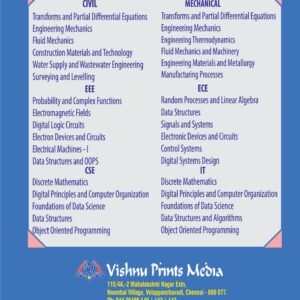
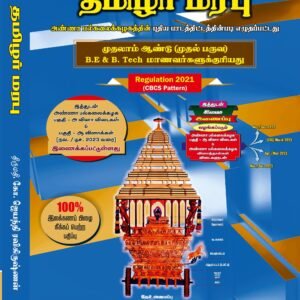
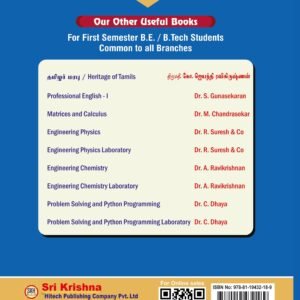
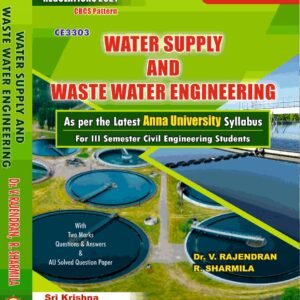
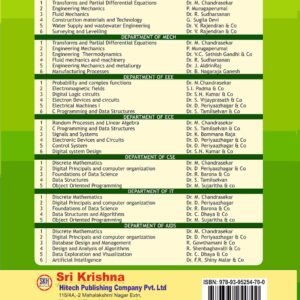
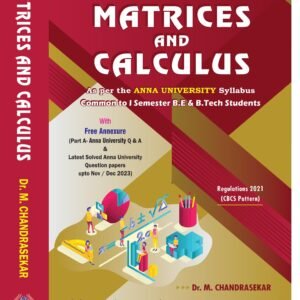
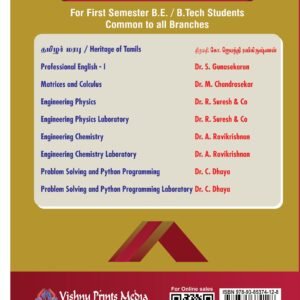
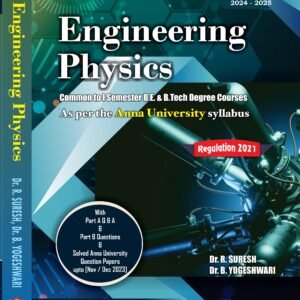
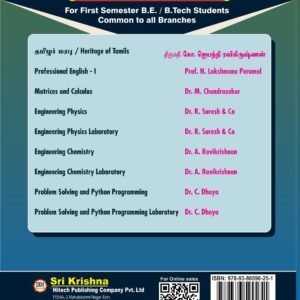
Reviews
There are no reviews yet.